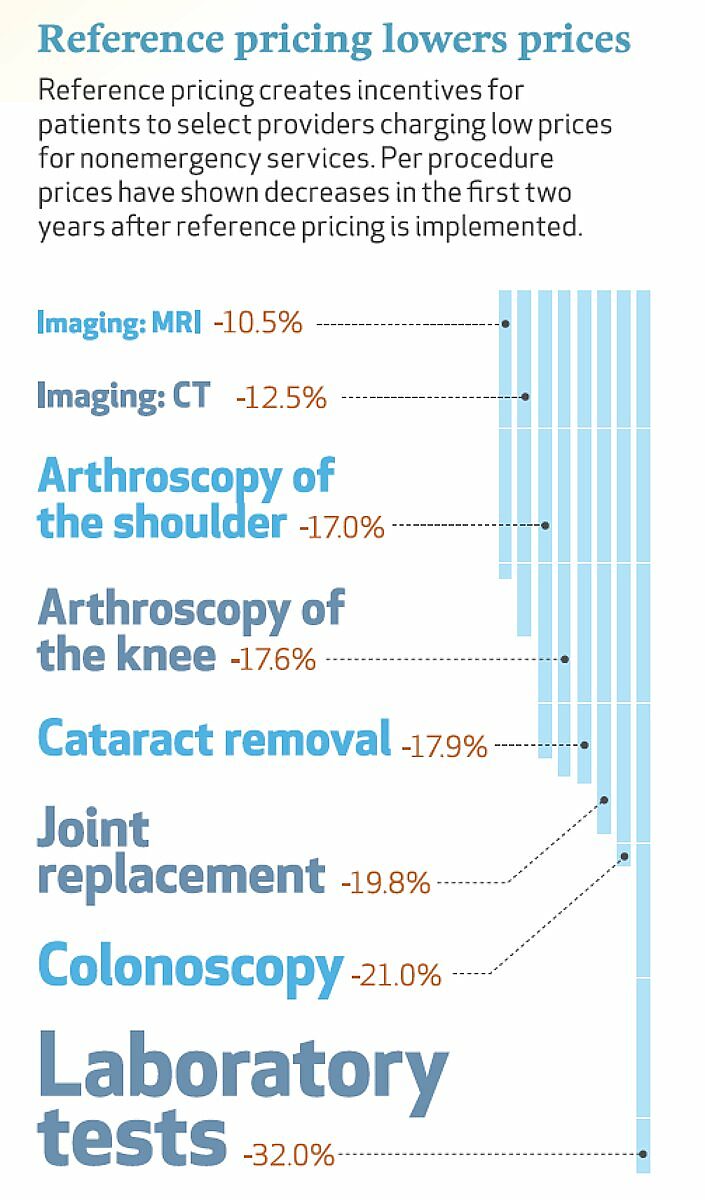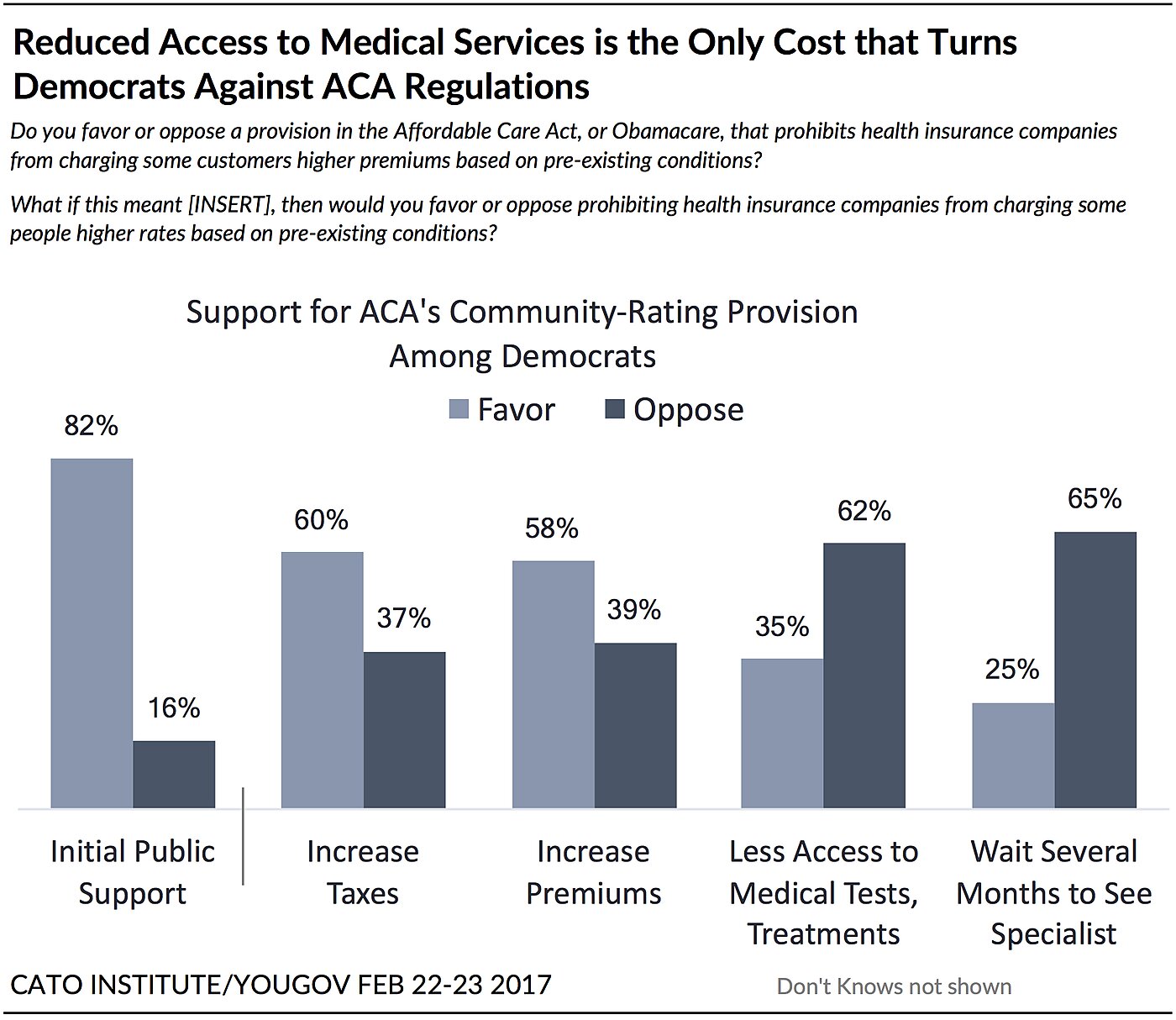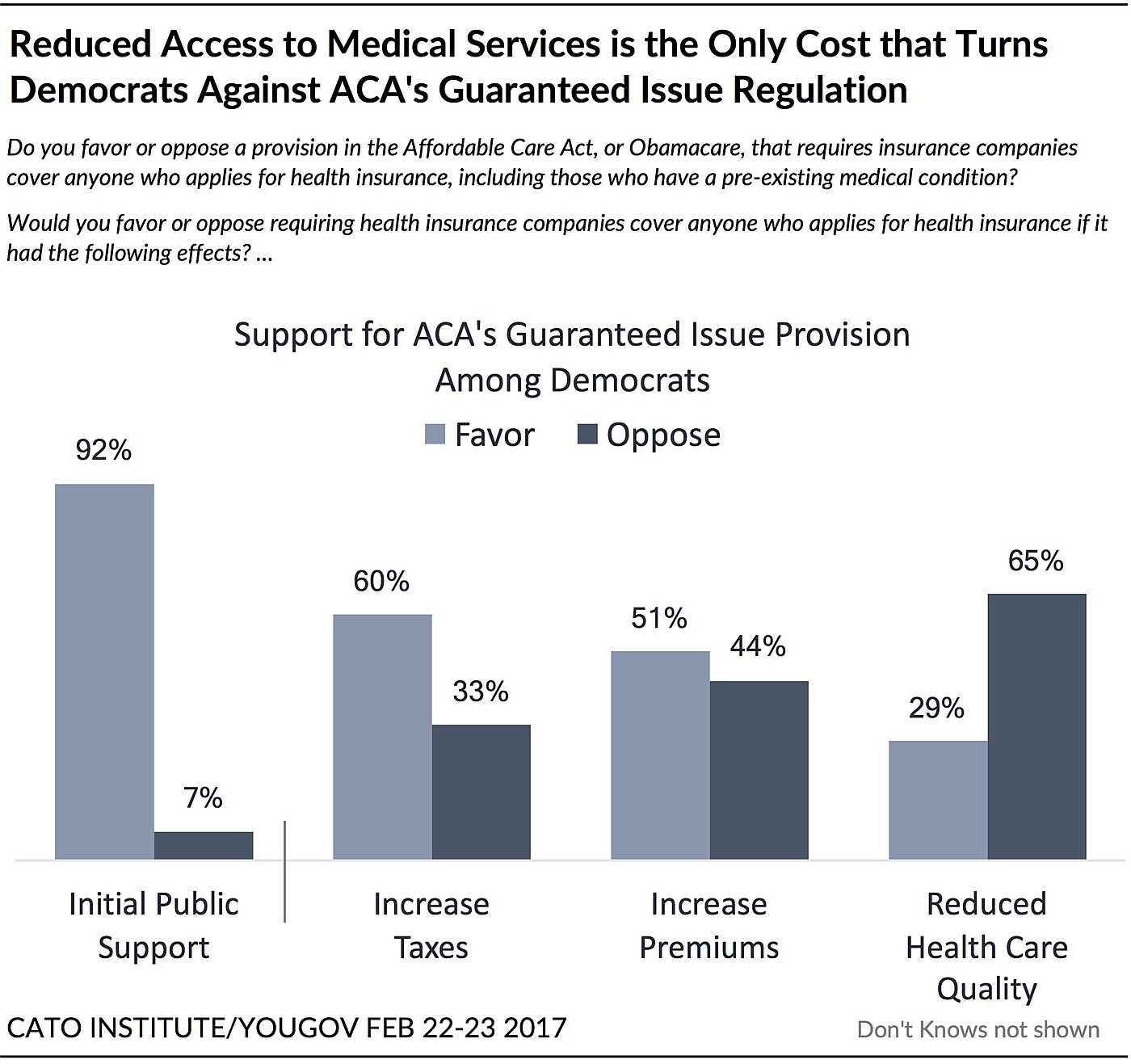I receive lots of daily health-policy newsletters. This morning, one of them exhibited an all-too-common misunderstanding and bias about how health-insurance markets work.
The setting is the “Consumer Freedom Amendment” Sen. Ted Cruz (R‑TX) has offered to the Senate GOP’s bill to rewrite ObamaCare. Contrary to what the Republican Party has pledged for seven years—a pledge that presidential candidate Donald Trump even put in writing—the Senate bill would not repeal the health-insurance regulations that are behind ObamaCare’s rising premiums, race-to-the-bottom coverage, and collapsing insurance markets. The Cruz amendment would keep those regulations on the books, but allow consumers to purchase insurance that does not include all of ObamaCare’s hidden taxes and coverage mandates. In effect, it would separate the market. Currently healthy enrollees would opt for the lower-cost “Freedom Option” coverage, which would stay with them once they developed expensive illnesses. Currently sick enrollees would opt for ObamaCare-compliant plans. Premiums for ObamaCare-compliant plans would rise even more than they already have, essentially turning ObamaCare’s Exchanges into high-risk pools that would require lots of government subsidies to keep afloat.
Enter one of my daily newsletters, which matter-of-factly reported:
Of course, everyone paying into the system for those who most need care is the way insurance is fundamentally supposed to work.
Of course! I hear this sort of thing all the time. Now, there is a charitable interpretation that would render this particular phrasing just barely true, but I am fairly sure that interpretation is not what the author intended to convey. Instead, the sentence glosses over a distinction so crucial that entire insurance markets hang in the balance. And it does so in a way that presents the (legitimately disputed and controversial) pro-ObamaCare ideology as an of-course-this-is-fundamentally-true fact.
Fundamentally, insurance markets are a system of subsidies. People with the same ex ante (i.e., before-the-fact) risk of needing medical care pay into the system to subsidize the few in that group who will develop expensive medical needs. We know insurance is supposed to work this way, because of what happens when you try to pool together people with different ex ante health risks at the same premium: the system of subsidies collapses. (See: state-level experiments with community rating, ObamaCare’s CLASS Act, the child-only market under ObamaCare, U.S. territories under ObamaCare, and Exchanges in dozens of counties). Risk-based premiums, exclusions for preexisting conditions, and other measures that ObamaCare supporters hate are actually consumer protections. They exist to keep that system of subsidies stable, so it can keep doing the most good possible by subsidizing people who become sick.
The idea that everyone should pay the same premium regardless of risk arises because left-of-center folks want to cram additional, hidden subsidies into the insurance system. They want to do this rather than create explicit taxes and transfers because, as Jonathan Gruber taught us, there is not sufficient political support for explicit taxes and transfers. But again, when you force insurers to cover unlike risks at the same premium, insurance markets collapse. So ObamaCare throws tons of money at insurers—with everything from the individual mandate to risk-adjustment—in the hope of preventing a collapse. Sometimes it prevents a collapse. Sometimes, not so much.
The above sentence therefore amounts to saying, “Insurance is fundamentally supposed to work exactly like ObamaCare supporters want, with mandates and lots of government subsidies, not like its opponents say.”
That’s what the news tells me, anyway.


